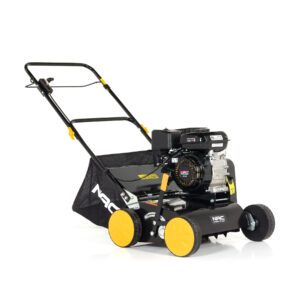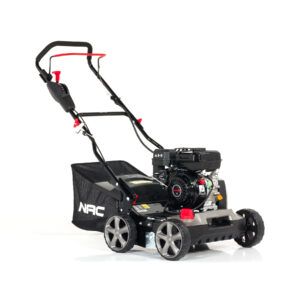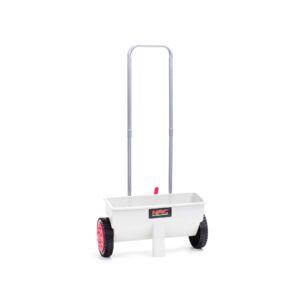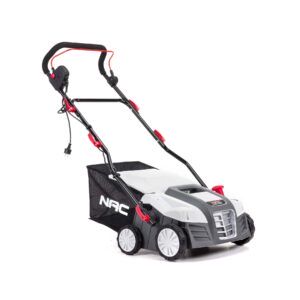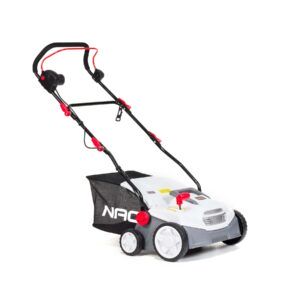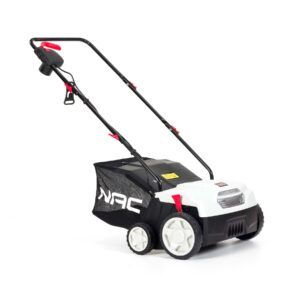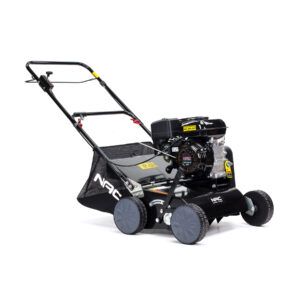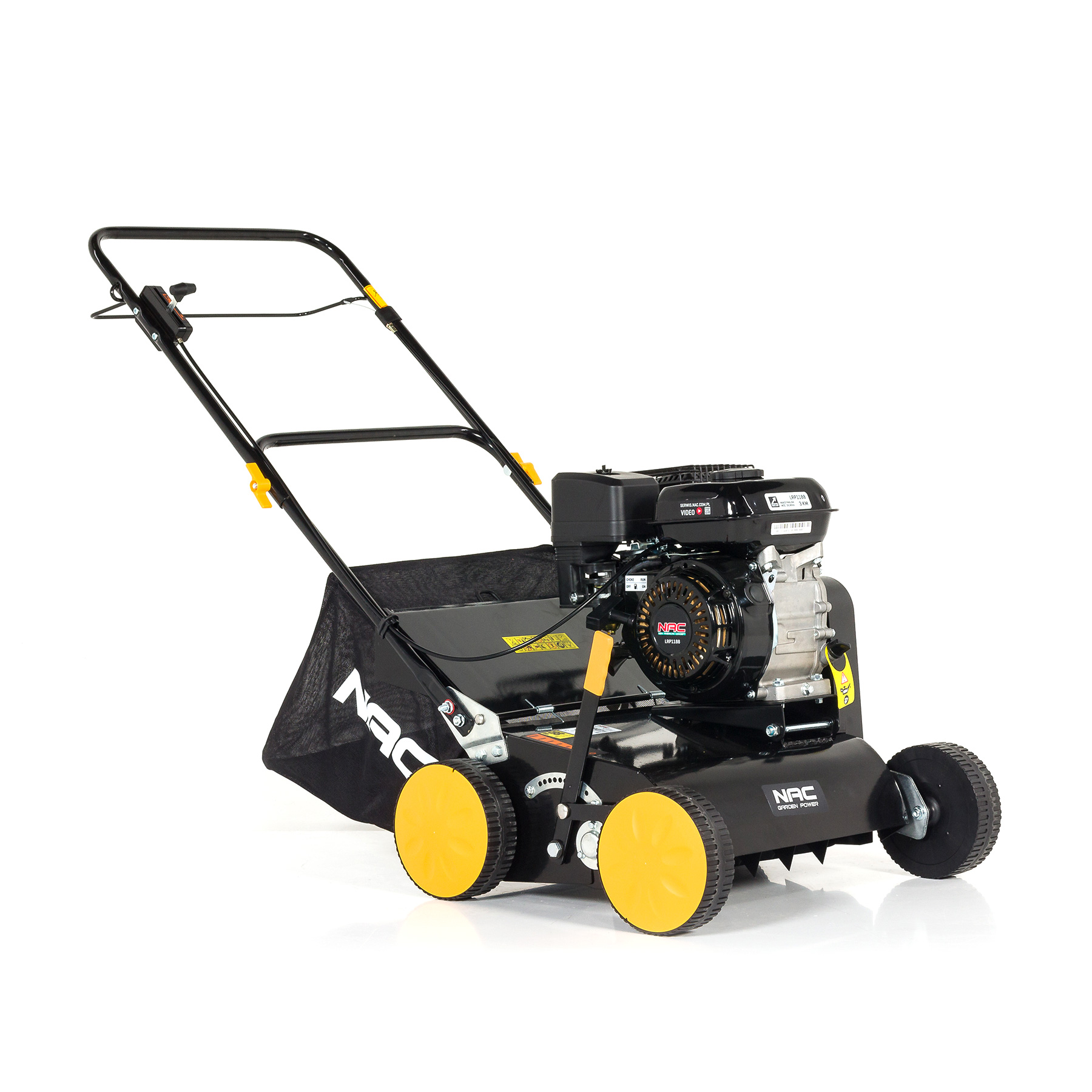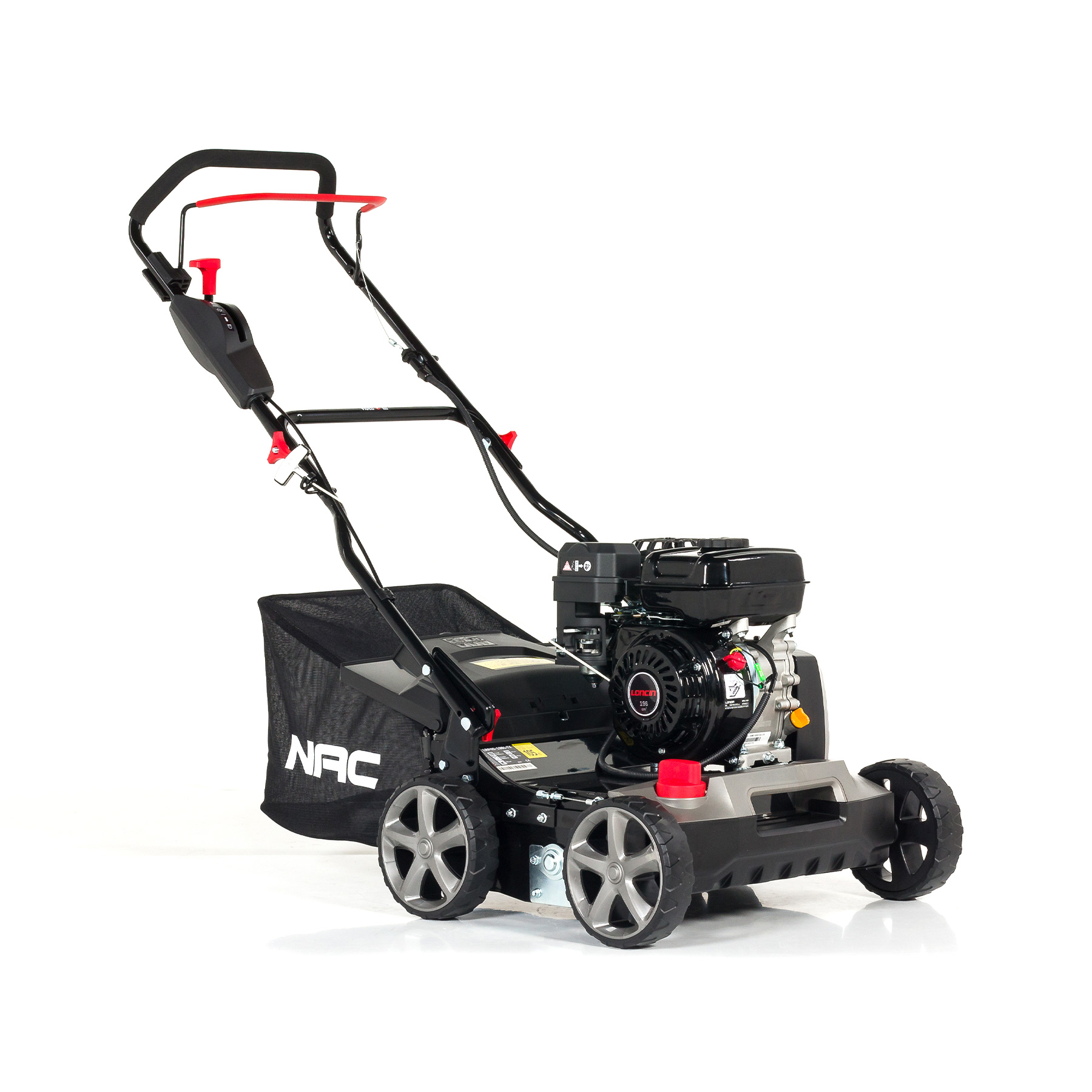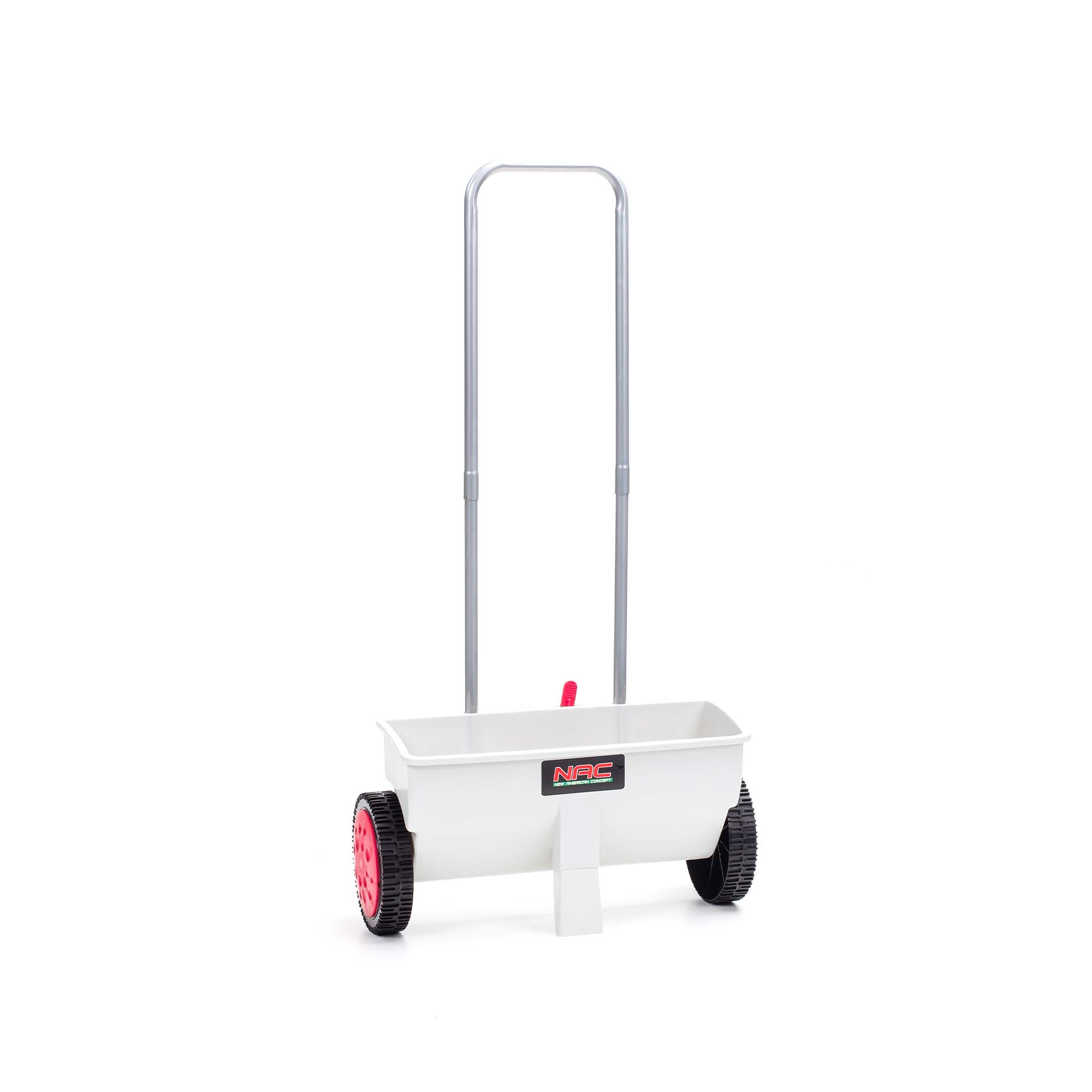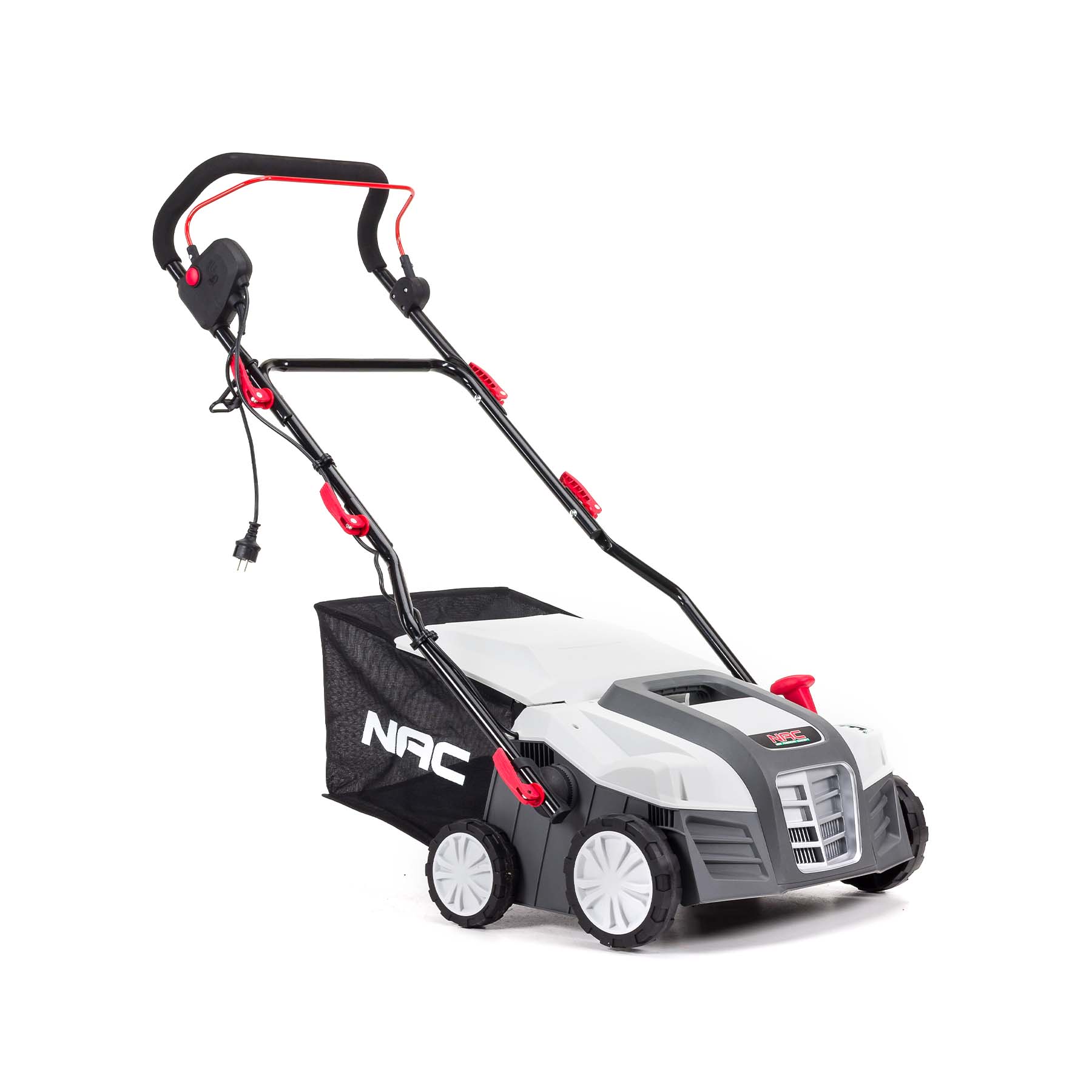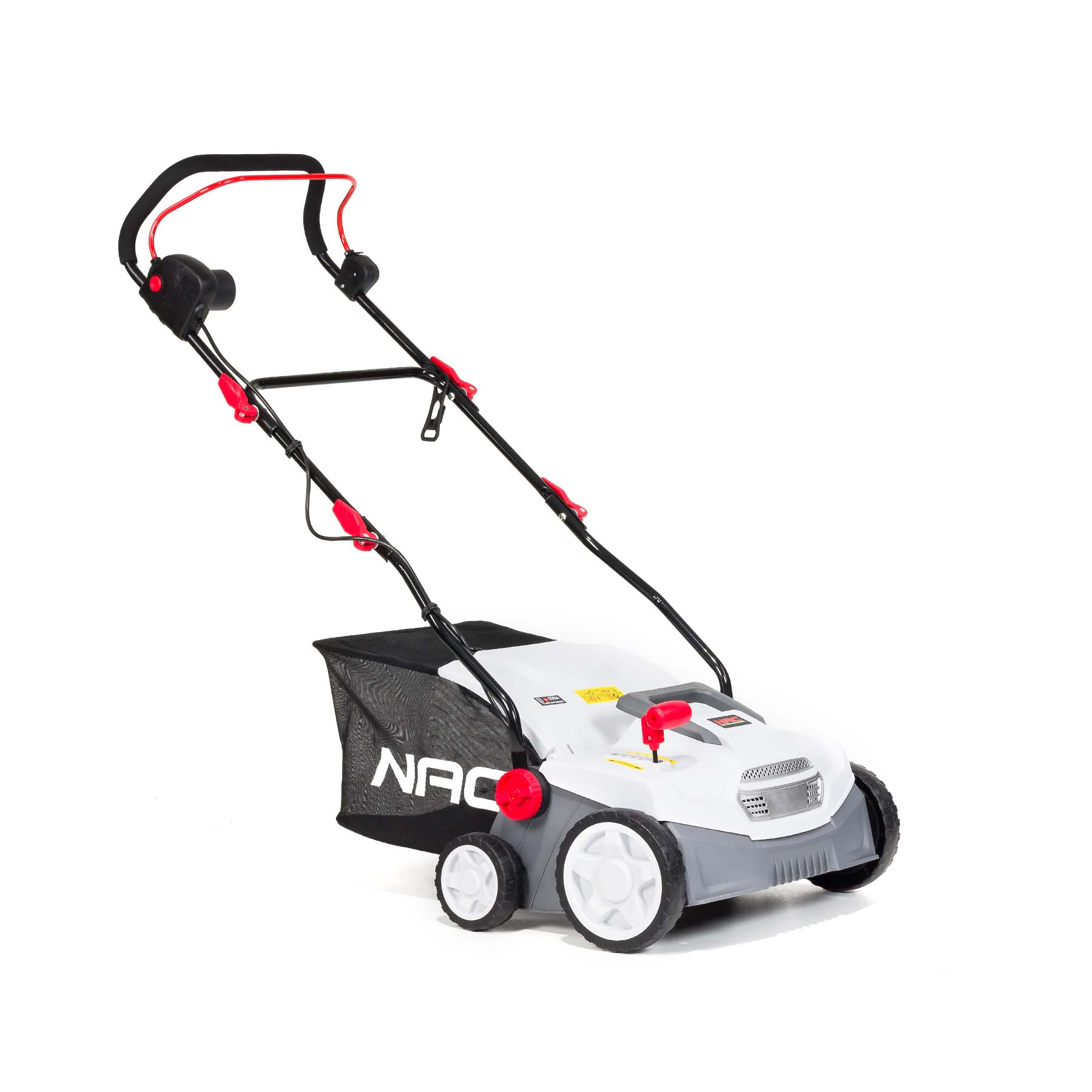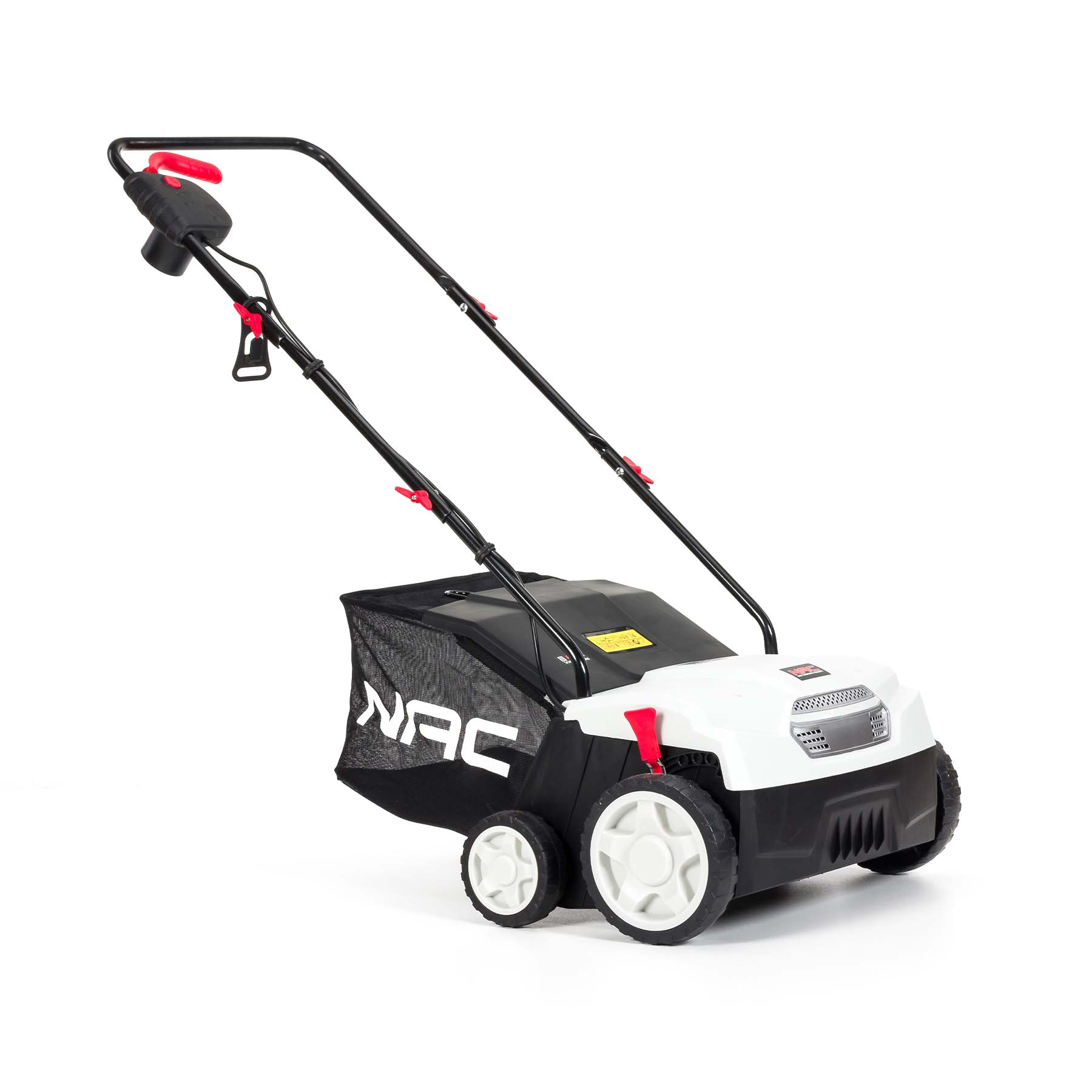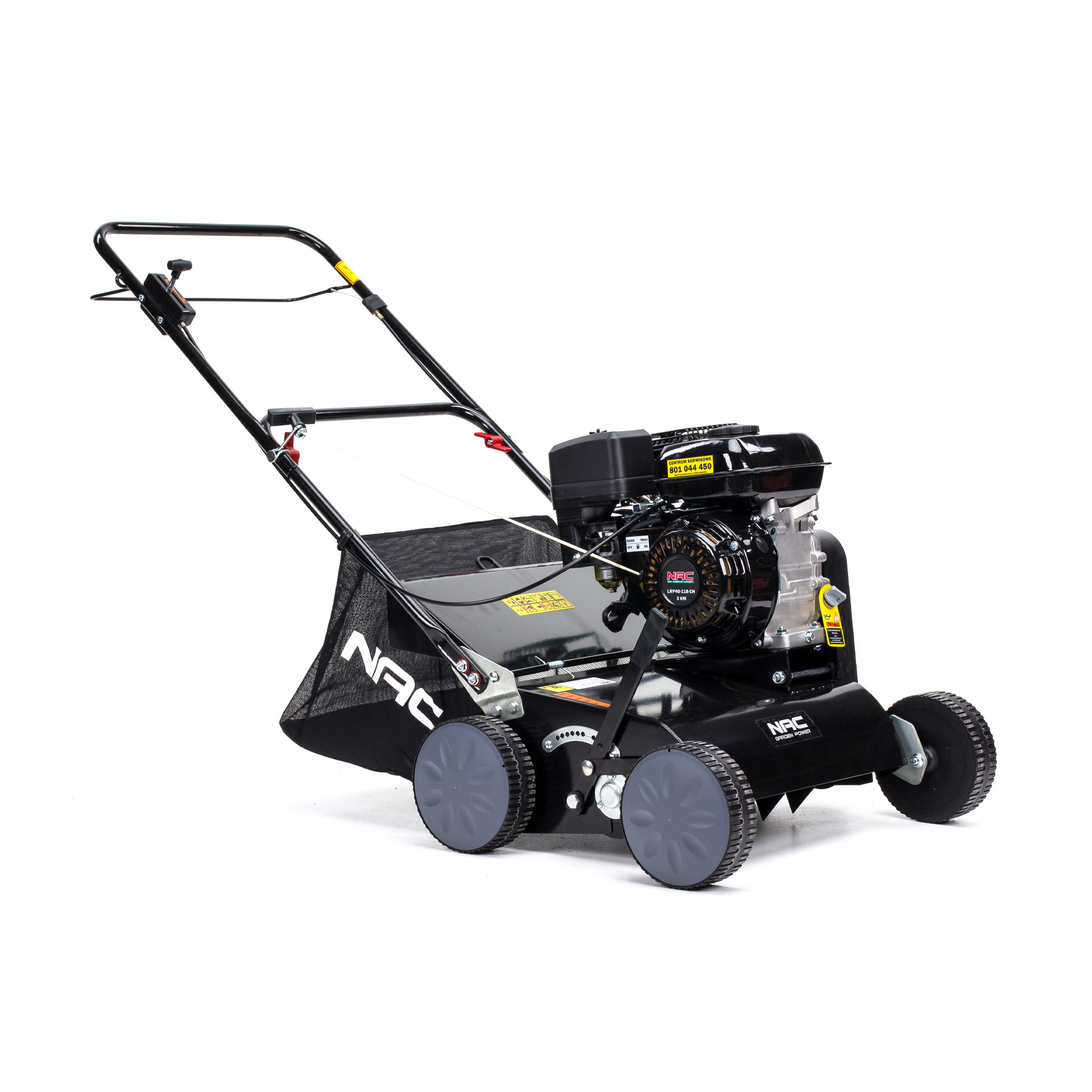Home » elementor-20975 » Aerators and verticulators
Aerators and verticulators
Aerating or verticulating the soil during the spring period is one of the most preferable processes when it comes to lawn maintenance. Slicing or piercing the turf makes it easier for the soil to exchange gases and take water in, allowing the roots of the grass to take a stronger hold and the blades to grow lush. This is the job for an aerator, which may be an electric tool for small lawns in backyards or a petrol one for larger areas. At the first glance, aerators and verticulators look very much like traditional lawnmowers, but they feature rollers with spikes for aeration or cutting wheels for verticulation to quickly process a large swath of land without much effort. A pass of the roller levels the top of the soil, while the spikes or cutting wheels obliterate the growing patches of moss and weeds while leaving the ground. A decorative lawn requires a smaller depth of aeration or verticulation, while utility lawns need greater depth. To maintain the results, sand can be sprinkled afterwards into the openings pierced or cut in the soil, preventing them from healing and promoting air and water circulation into the ground.

